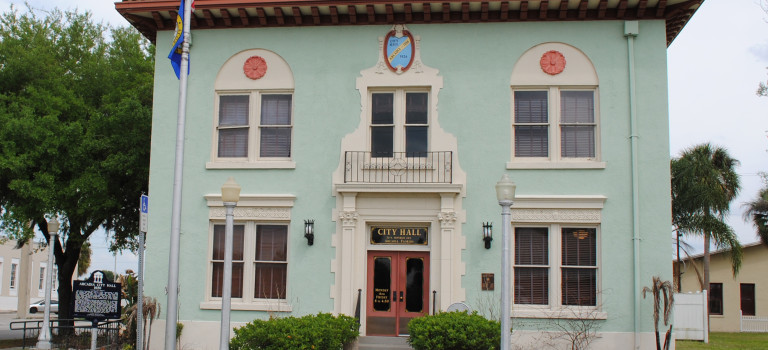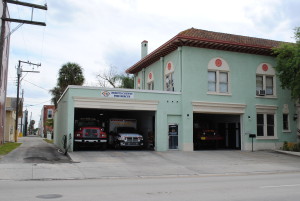The study of American Urbanism includes both what to do and what not to do. This week the American Urbanism has been in Detroit, Michigan, engaging the Congress for the New Urbanism.
Detroit has many lessons both good and bad. One of these lessons is the impact of Urban Renewal on a city and a community. Below is a before and after image of the Black Bottom neighborhood. This community has been permanently deformed and destroyed in the name of progress.
The University of Michigan has written extensively on the history and impact of this and other renewal projects on the City of Detroit. I encourage you to read the article, where the above picture was found “Urban Renewal and the Destruction of the Black Bottom”
There are very few words that can express the impression of this image, and the countless other images of the neighborhood both before and action. I would like to point out that these were publicly funded projects with the intent to improve a community. Billions later, we now can see the result. Compare this to the cost if this same money would have been used to improve and/or renovate housing one lot at a time.
Here is a map of all of the Urban Renewal projects in Detroit. In the 1960’s these policies were popular and very attractive to local government. We must never forget the impact and results of these projects.



